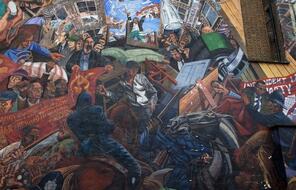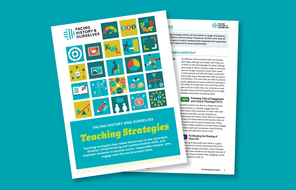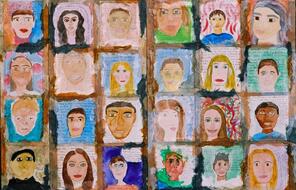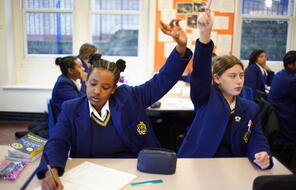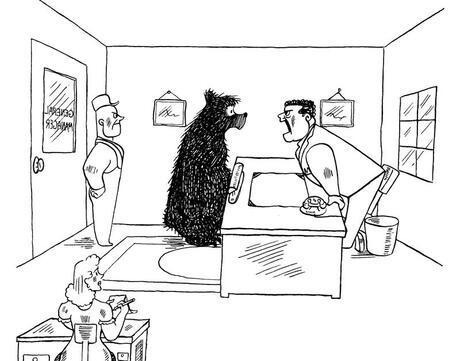
Understanding Identity
Overview
About This Lesson
“Who am I?” is a question all of us ask at some time in our lives, and it is a particularly critical question for students’ own social, moral, and intellectual development. Our society—through its particular culture, customs, institutions, and more—provides us with language and labels we use to answer that question for ourselves and others. These labels are based on beliefs about race, ethnicity, religion, gender, sexual orientation, economic class, and so on. Sometimes our beliefs about these categories are so strong that they prevent us from seeing the unique identities of others. Sometimes these beliefs also make us feel suspicion, fear, or hatred toward some members of our society. Other times, especially when we are able to get to know a person, we are able to see past labels and, perhaps, find common ground even as we appreciate each person as unique.
Through the analysis of a short story and the creation of their own visual representations of their identities, this lesson invites students to consider how the answer to the question “Who am I?” arises from the relationship between the individual and society—the ways in which we define ourselves and the ways in which we are defined by others.
Preparing to Teach
A Note to Teachers
Before teaching this lesson, please review the following information to help guide your preparation process.
Lesson Plans
Activities
Materials and Downloads
Understanding Identity
Unlimited Access to Learning. More Added Every Month.
Facing History & Ourselves is designed for educators who want to help students explore identity, think critically, grow emotionally, act ethically, and participate in civic life. It’s hard work, so we’ve developed some go-to professional learning opportunities to help you along the way.
Exploring ELA Text Selection with Julia Torres
On-Demand

Working for Justice, Equity and Civic Agency in Our Schools: A Conversation with Clint Smith
On-Demand

Centering Student Voices to Build Community and Agency
On-Demand







